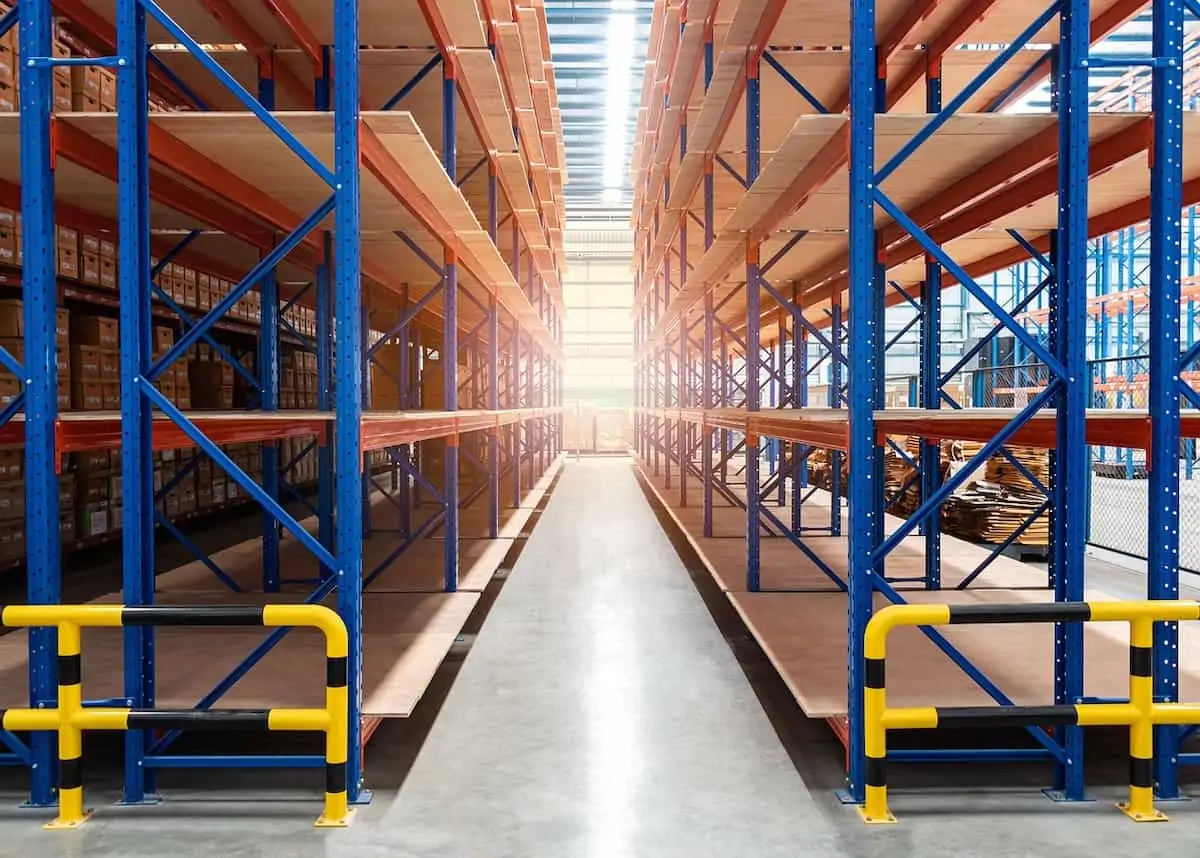With businesses booming every day, warehouses are reaching full utilization of their storage capacity. This can lead to congestion, uncomfortable work environment for the workers, damage, increased costs and time going to waste moving products around trying to make more space. This over utilization of warehouse storage space can really hamper productivity as well.
To handle this demand for storage that exceeds your capacity should you buy or rent more warehouse space? Before you decide to invest in more storage space let’s consider these tips on how to maximize the availability of the space that you already have.
Remove Debris!
Are there products and goodsin your warehouse lying around for decades, drowning in dust? Obsolete products take up more space than you actually think. Ideally get rid of any items that have not been touched in at least a year. This can often free up a lot of valuable space.
A Shopaholic Purchasing Manager
You must only buy goods for which you have, or for which you plan to have, demand. You should not purchase goods on speculation. You should not purchase goods that will take up a lot of space just because you get a quantity discount. Do not overbuy products that may or may not sell in the next 6 months.
Stack In Racks!
Store your inventory in extended racks! These add a great amount of space both horizontally and vertically! If you have fire sprinklers on the ceilings, there’s no need to feel discouraged to use racks, because you can still store within 18 inches around that area.
The only con to this great space saving method is that the sizing of the racking uprights or base plates may not be sized properly. Talk to your structural engineer about the situation and wait for his approval or advice regarding installing extended racks.
Another great form of racks are the double-deep racks. You can convert your single-deep rack into a double deep rack to achieve higher storage. These racks are extremely strong and can hold higher density equipment with ease. But for you to store your products, you will need a truck that reaches inside the warehouse to unload your goods.
This is why many choose to install push-back or drive-in racks to avoid the hassle of letting a huge vehicle enter their warehouse. You will face one problem which is the process of placing the products which will be first in, first out. So once the heavy products are in, it will be difficult to rearrange their positioning once settled down from the truck.
A Mezzanine
If you’ve got a budget and are in dire need of more storage capacity, then consider to install a mezzanine and maximize the cubic space utilization of your warehouse. It is a procedure of building a floor level above your ground floor! Like a duplex house. These will double you storing capacity for sure!
But be aware of how much your ground floor can take because a mezzanine is quite heavy. If your flooring is fragile, it’s best to avoid this before incurring further damage.
Squeeze!
Your aisle width in the racking area may cause another massive reason as to why your storage space is decreasing. It must be discomforting to work in a densely packed space. Why don’t you cut down your racks from anywhere between 5-8ft. You’ll notice at least 15% of free space has been newly made.
But be wary of the space you keep between the aisles for the products to be taken out or kept in. Consult a specialist to make proper measurements before you chop off the extra bits of your aisles. Remember, narrower aisles have the added expense of wire guidance if you sell electronics. In all cases the safety of your workers must take the highest priority no matter what you do.
Half Pallets!
Using half pallets can help your products to stack in order and form. The pallets are great for products that come in half pallet quantity. You can purchase more half pallets to store goods at the same space up to a good amount without taking a lot of the floor space.
Neat Work Place
Apply the “directed put-away” rules to your warehouse under the instructions of your warehouse management system. The Directed Put-Away rule is simply to understand the linings of the floors and stack pallets accordingly so they are placed in clean lines and positions avoiding clutter and cluster.
It a very organized method of stacking products based on the perfect locations according to their weight, size and shape.
Slotting
Ensuring proper slotting is very important for a warehouse to function efficiently. Your warehouse management team must find the hidden inefficiencies that are causing your warehouse space to clog. Slotting is done through tedious labor of arranging, rearranging, moving products around, eliminating debris and setting up new products at the perfect location.
It goes beyond just simply looking for empty spaces and stacking up. But if done properly, slotting will let your warehouse look more open for the new organized space, reduce travel time of workers who have to go back and forth through the aisles, reduce errors, mistakes and even avoid accidents including minimizing item damage.
Fill Up the Empty Spaces!
There may be various small or slightly large places that remain unused. It is important to use every corner of your warehouse efficiently in order to properly make use of the space you already have. It’s not necessary to fill this space up with Pallets or racks; use wooden shelves to stock up the lighter materials. But remember to never ever leave out any space that is unused. At the same time, do not over stock. Nobody likes to work in a place where they do not have enough space to move around. Create a good balance!
If you find these methods useful, then what are you waiting for? Get to work and see how more open and organized your new warehouse looks! A neat place of work creates efficient workers and great productivity! This is extremely important as you optimize warehouse space in India.
Thanks for considering these tips to improve utilization of your warehouse storage space.


 EBOOK HERE
EBOOK HERE